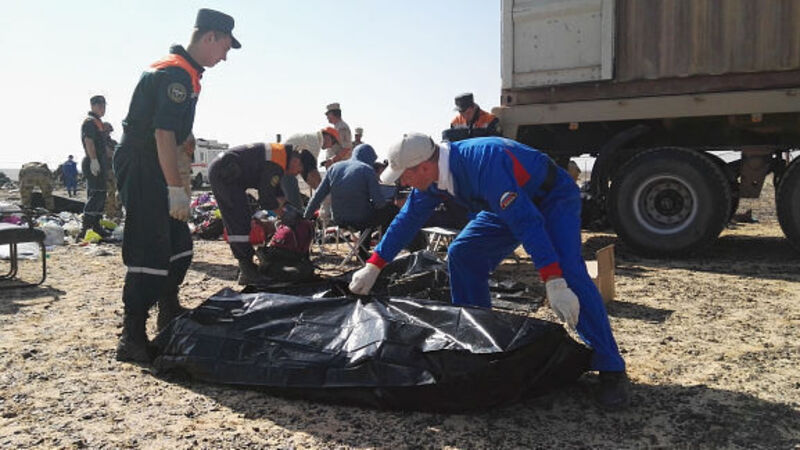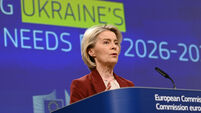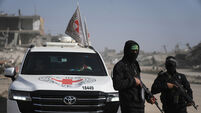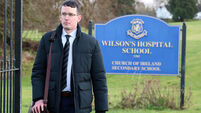'Heat detected' around plane before it crashed

US satellite systems detected heat around a Russian passenger plane before it crashed in Egypt and killed all 224 people aboard, two US officials have said.
One of the officials said they ruled out a missile striking the Metrojet Airbus A321-200 because neither a launch nor an engine burn had been detected.














